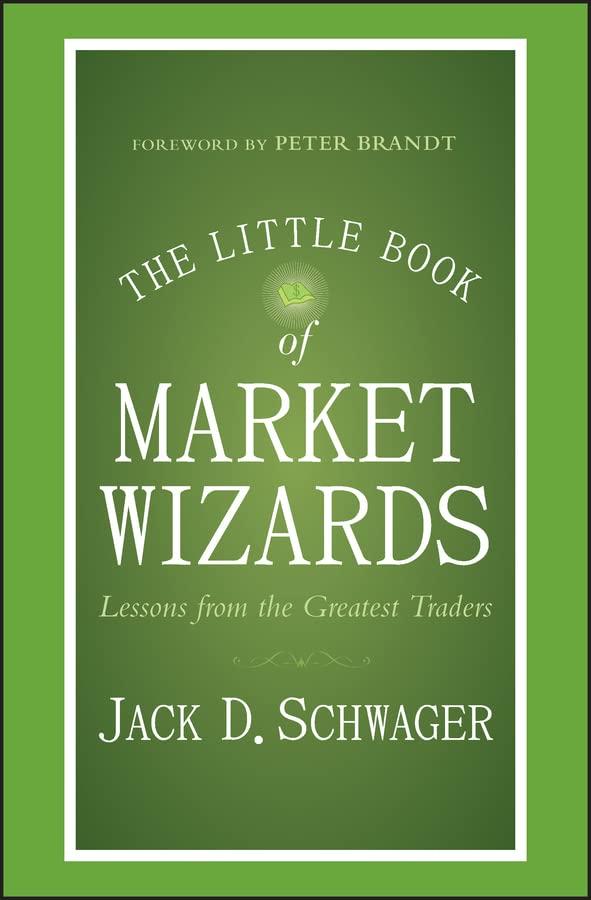Question
You have been hired as a financial consultant to Defence Electronics Inc. (DEI), a large, publicly traded firm that is the market share leader in
You have been hired as a financial consultant to Defence Electronics Inc. (DEI), a large, publicly traded firm that is the market share leader in radar detection systems (RDSs). The company is looking at setting up a manufacturing plant overseas to produce a new line of RDSs. This will be a 5-year project. The company bought some land 3 years ago for $3.9 million in anticipation of using it as a toxic dump site for waste chemicals, but it built a piping system to safely discard the chemicals instead. The land was appraised last week for $4.4 million. In 5 years, the land value will be $4.8 million, but the company expects to keep it for a future project. The company wants to build its new manufacturing plant on this land; the plant will cost $37 million to build and have $5.1 million salvage value at the end of 5 years. It will belong to CCA Class 43 @ 30%. The following market data on DEI's securities are current: Debt: 210,000 6.4% coupon bonds outstanding, 25 years to maturity, selling for 108% of par; the bonds have a $1,000 par value each and make semi-annual payments. Common stock: 8,300,000 shares outstanding, selling for $68 per share with 1.1 beta. Preferred stock: 450,000 shares of 4.5% yield are outstanding, selling for $81 per share. Market: 7% expected market risk premium; 3.5% risk-free rate. DEI uses G.M. Wharton as its lead underwriter. Wharton charges DEI spreads of 8% on new common stock issues, 6% on new preferred stock issues and 4% on new debt issues. Wharton has included all direct and indirect issuance costs (along with its profit) in setting these spreads. Wharton has recommended to DEI that it raise the funds needed to build the plant by issuing new shares of common stock. DEI's tax-rate is 35%. The project requires $1,200,000 in initial net working capital investment to get operational, which will be 90% recovered at the end. Required: a) Calculate the companys WACC based on both internal and external financing. b) Estimate the companys EBIT, FCF, Net Income and EPS. c) The new RDS project is somewhat riskier than a typical project for DEI, primarily because the plant is being located overseas. Management has told you to use an adjustment factor of 12% to account for this increased riskiness. Calculate the appropriate discount rate to use when evaluating DEI's project and outline the factors increasing the riskiness. d) Assuming that the appropriate discount rate is 20%, calculate the NPV of the opportunity if the company will incur $6,700,000 in annual fixed costs, manufacturing 15,300 RDSs per year with the variable production costs of $9,500 per RDS, and sell them at $11,450 per machine. Based on NPV, make a supported recommendation regarding the opportunity. e) Based on d, calculate the minimum number of RDSs which must be sold annually in order for DEI to break-even on the opportunity. f) If Both the Bonds and Preferred Stock can be called with 5% premium, then should the company call either or both of them?
Step by Step Solution
There are 3 Steps involved in it
Step: 1

Get Instant Access to Expert-Tailored Solutions
See step-by-step solutions with expert insights and AI powered tools for academic success
Step: 2

Step: 3

Ace Your Homework with AI
Get the answers you need in no time with our AI-driven, step-by-step assistance
Get Started


